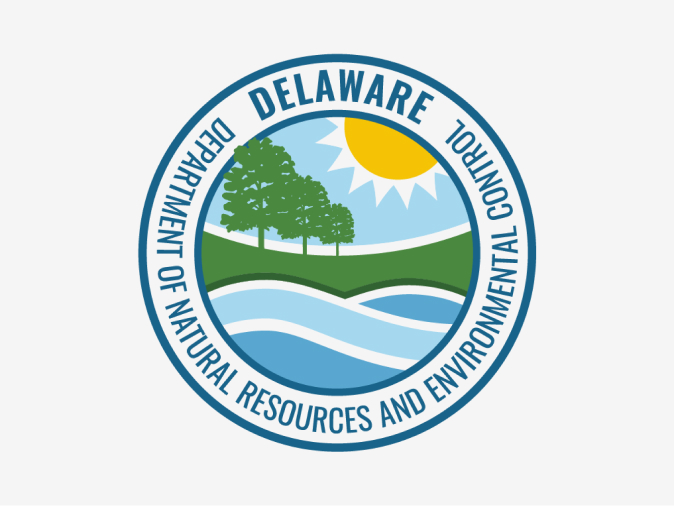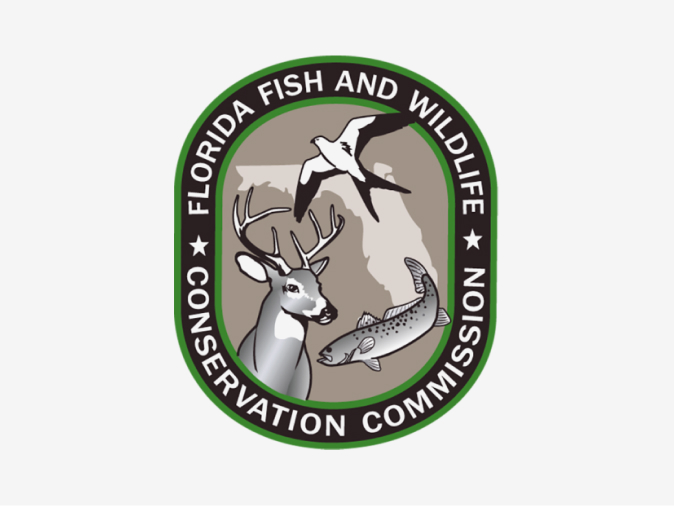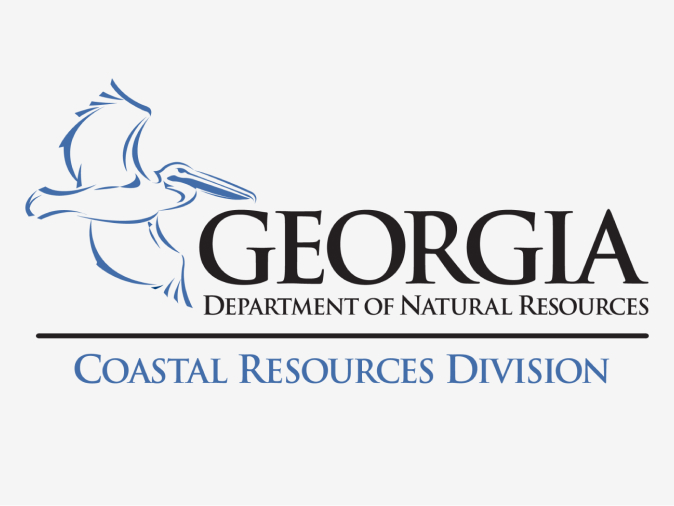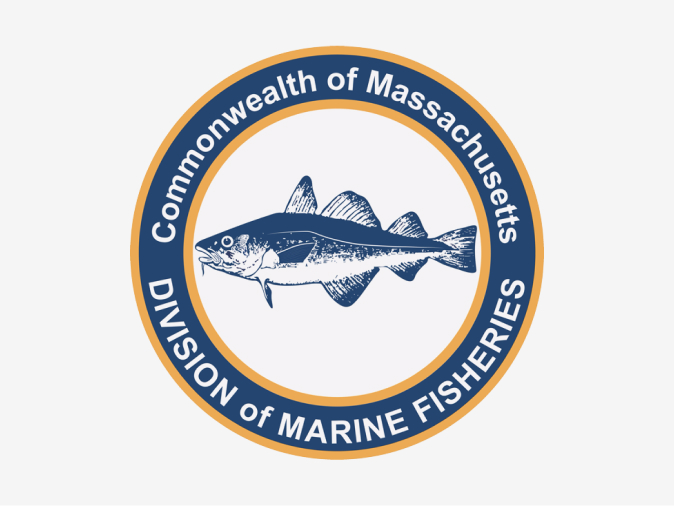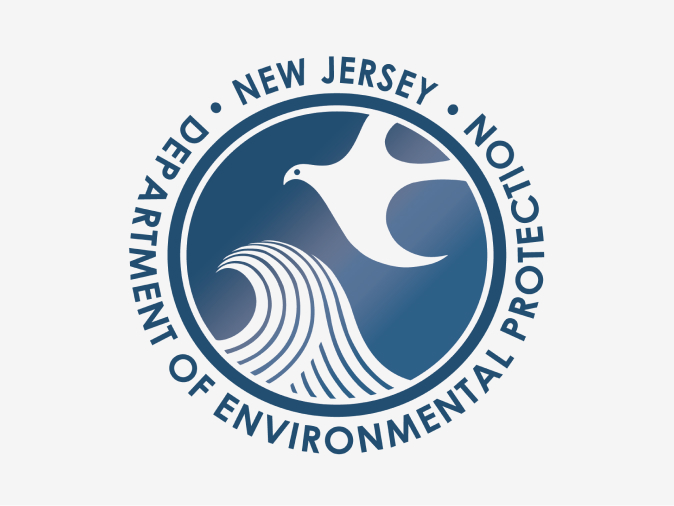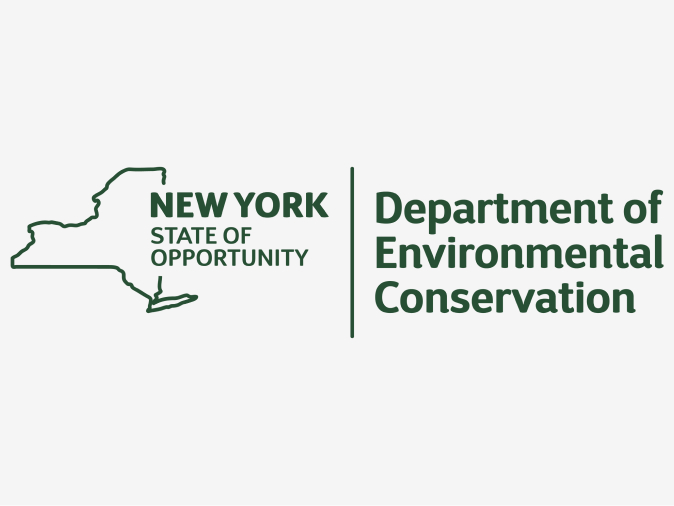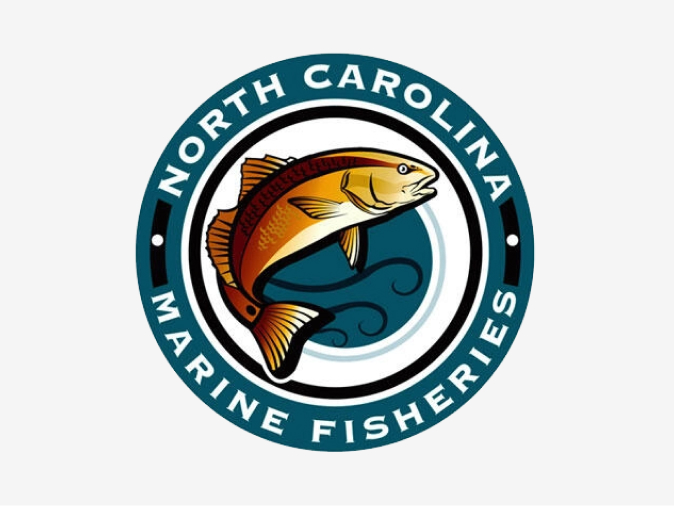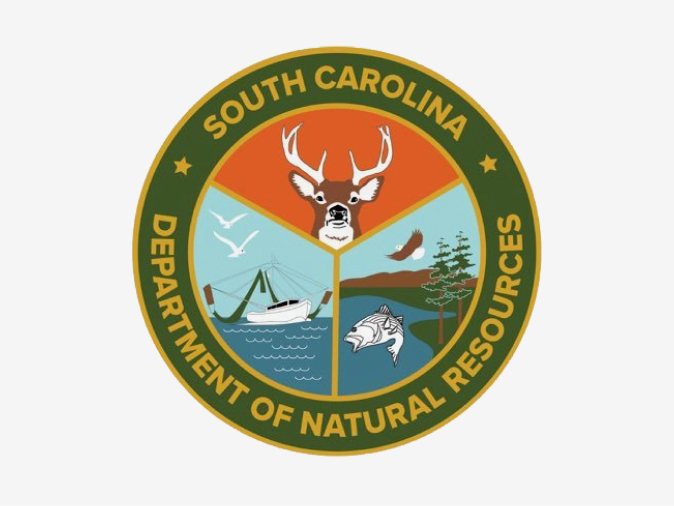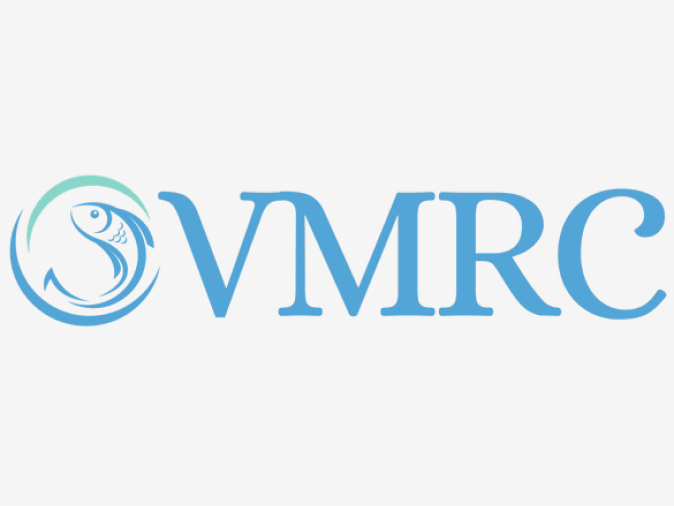Artificial Reefs
Explore how engineered habitats are enhancing marine ecosystems, and discover the role of artificial reefs in increasing fish biomass, supporting biodiversity, and providing new opportunities for fishing and SCUBA diving. Learn about the efforts of the Commission’s Artificial Reef Committee in strategically placing structures like decommissioned ships and concrete debris to benefit both marine life and coastal communities.
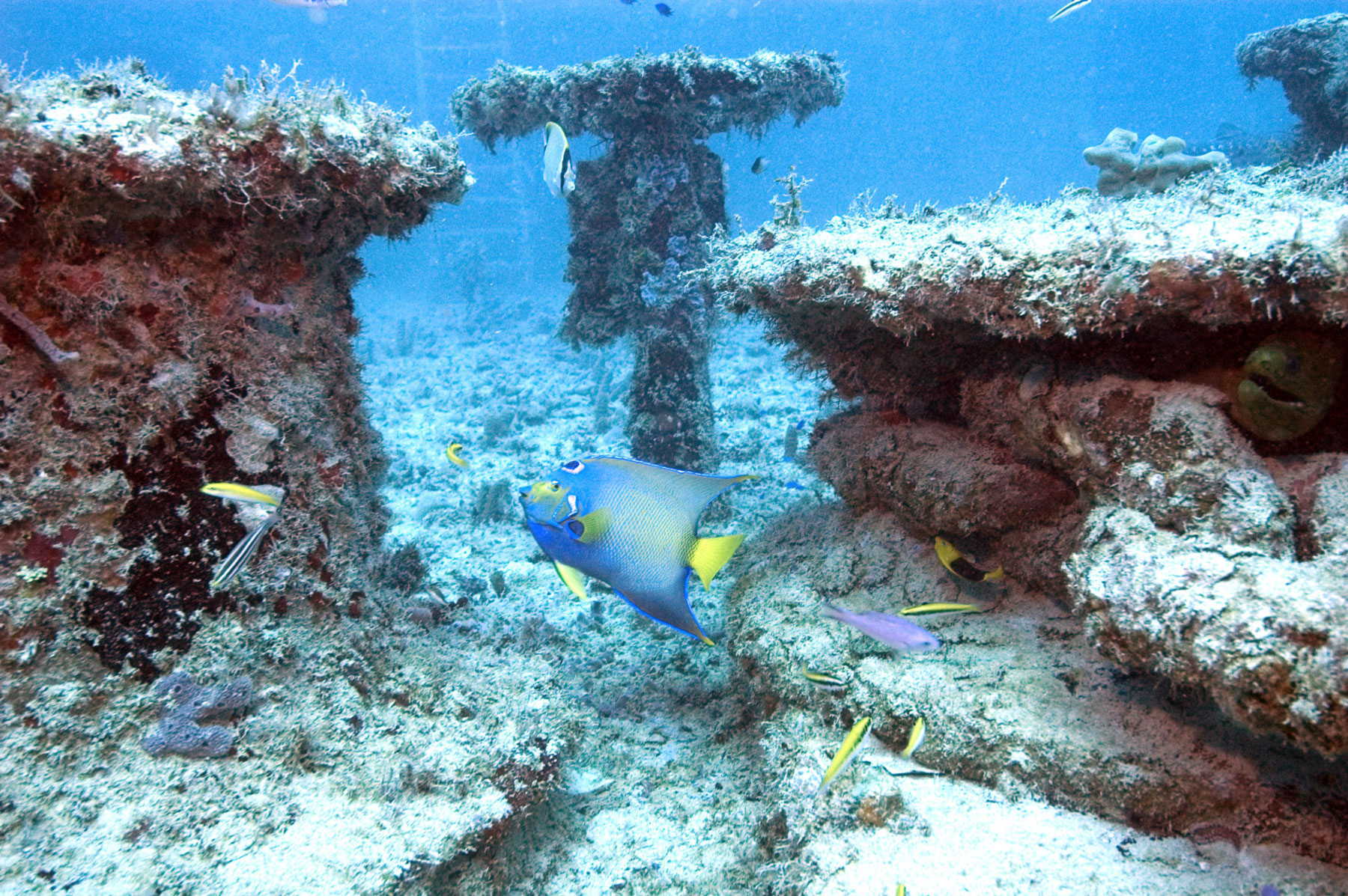
Artificial reefs have been used for centuries to enhance fishery resources and fishing opportunities by creating habitat for fish and invertebrate species through the use of man-made materials.
Learn More
Artificial reefs also provide underwater structures for SCUBA divers and facilitate reef-related research. Artificial reefs are typically constructed from dense materials, such as decommissioned ships and barges; concrete and steel demolition debris; and dredge rock. When properly constructed and strategically sited, artificial reefs can enhance fish habitat, increase access to quality fishing grounds, benefit fishermen and the economies of shore communities, increase total fish biomass within a given area, and provide managers with another option for the conservation and management of fishery resources.
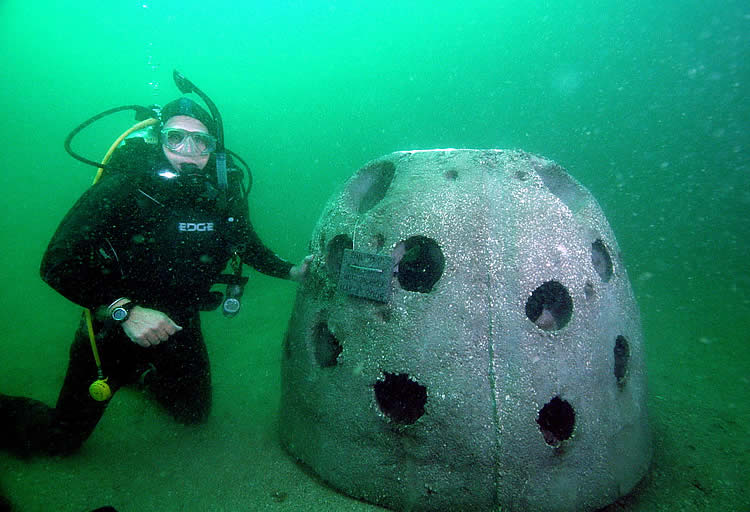
History
The Commission’s Artificial Reef Committee was established in 1986 to coordinate artificial reef development activities in the Atlantic Ocean within both state and federal waters. In 2000, the Committee began to operate administratively under the Commission’s Habitat Program, and frequent communication is maintained with the Habitat Committee. The Committee also works in close coordination with the corresponding subcommittee at the Gulf States Marine Fisheries Commission. The Artificial Reef Committee evaluates current artificial reef issues, and occasionally provides guidance on those issues. Some topics of interest include: reefing of ships, subway cars, and other materials; monitoring of artificial reefs; and funding for artificial reefs.
Related Documents
Special Reports
- Update to the ASMFC Profiles of State Artificial Reef Programs and Projects (July 2021)
- Technical Working Papers from a Symposium on Artificial Reef Development (January 1997)
- Economic Valuation and Impacts of Artificial Reefs: A Summary of Literature on Marine Artificial Reefs in the United States (December 1995)
- The Role of Vessels as Artificial Reef Material on the Atlantic and Gulf of Mexico Coasts of the United States (December 1994)
- Atlantic Coast Marine Artificial Reef Habitat: Program and Policy Guidelines for Comprehensive Statewide Planning and Management (December 1993)
- A Profile of Atlantic Artificial Reef Development (September 1988)
Other Reports
- National Artificial Reef Workshop (June 2016)
- National Artificial Reef Plan (as Amended): Guidelines for Siting, Construction, Development, and Assessment of Artificial Reefs
- Guidelines for Marine Artificial Reef Materials Second Edition (January 2004)
- Coastal Artificial Reef Planning Guide (December 1998)
- National Guidance: Best Management Practices for Preparing Vessels Intended to Create Artificial Reefs – Federal Register Notice May 12, 2006 (Volume 71 and Number 92)
- Policy Statement of the National Marine Sanctuary Program: Artificial Reef Permitting Guidelines (June 2003)
Atlantic States Artificial Reef Programs
Get Hooked on ASMFC News
Dive into the latest updates and catch all the important news by joining our newsletter mailing list. Stay in the loop with meeting agendas, fisheries management news, and more.
